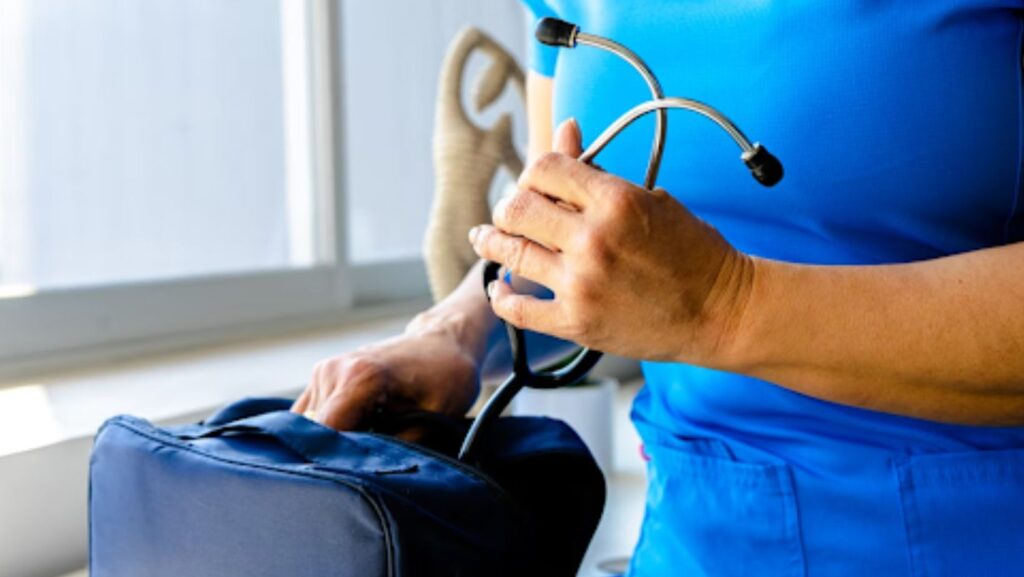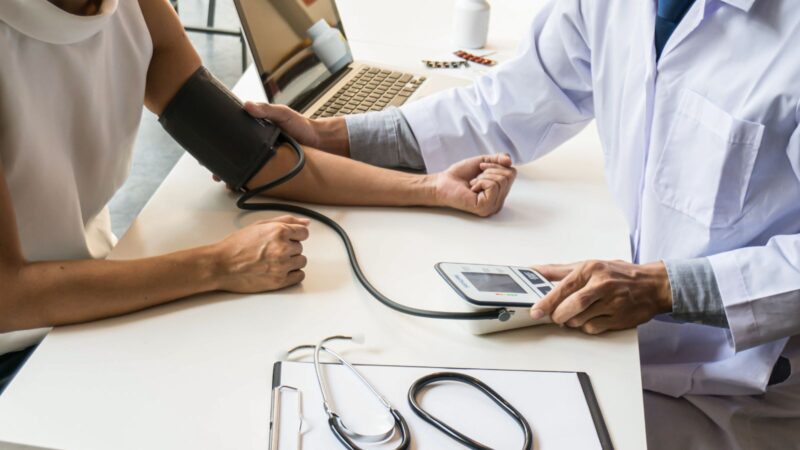
Cardiac Resynchronization Therapy (CRT) is a proven treatment for heart failure in patients with electrical conduction issues. By restoring synchronized contractions in the heart’s ventricles, CRT improves blood flow and reduces symptoms like fatigue and breathlessness. The therapy relies on specialized devices—CRT-P or CRT-D—implanted under the skin to deliver electrical impulses that correct the heart’s timing. Candidates are typically identified through tests such as electrocardiograms and echocardiograms, which reveal delayed ventricular activation and a reduced ejection fraction.
However, as Nishi Patel notes, not all patients respond equally, making follow-up and personalized adjustments essential. Technological advancements, such as adaptive pacing algorithms and wireless systems, are enhancing the effectiveness of CRTs and making them more tailored to individual needs. With remote monitoring now widely used, patient outcomes continue to improve as therapy becomes more dynamic and responsive.
Cardiac Resynchronization Therapy (CRT)
Cardiac Resynchronization Therapy, or CRT, is a treatment designed to help people with heart failure caused by electrical conduction problems. It works by sending timed electrical impulses to the heart’s lower chambers to help them beat in a more synchronized way. A specialized device, often referred to as a biventricular pacemaker, is implanted in the chest to improve the coordination of the left and right ventricles.
This coordination helps the heart pump blood more efficiently, easing symptoms and improving physical endurance in many patients. Many individuals with heart failure experience delayed electrical signals that cause the heart to beat out of rhythm. CRT helps correct this by restoring proper timing, which can lead to noticeable improvements in daily activity levels and quality of life.
Electrical Dysfunctions and the Impact on the Heart
Electrical dysfunctions in the heart often lead to an irregular or delayed heartbeat, which disrupts the synchronized contraction of the heart’s chambers. One of the most common forms, left bundle branch block, causes the left side of the heart to contract later than the right, reducing the heart’s ability to pump blood efficiently. This delay can exacerbate heart failure symptoms and limit daily function.
When the ventricles don’t work together, the result is poor circulation and increased strain on the heart. This inefficiency can lead to fatigue, shortness of breath, and swelling in the legs or abdomen. Over time, the condition may worsen, making everyday tasks increasingly difficult. In advanced cases, patients may even require hospitalization due to fluid buildup and progressive weakening of the heart muscle.
Patients may not realize that their heart’s electrical system is the root cause of their symptoms. In many cases, people are diagnosed only after experiencing worsening heart failure, prompting further investigation into the underlying conduction issues.
Identifying Candidates for CRT
Nishi Patel says that not every person is suited for Cardiac Resynchronization Therapy (CRT). Typically, patients with a reduced ejection fraction—meaning their heart pumps out less blood with each beat—are evaluated, especially if they also have a prolonged QRS duration on an electrocardiogram. A QRS interval longer than 120 milliseconds often signals delayed ventricular activation, which CRT can help correct.

Doctors rely on tools like echocardiograms and ECGs to assess heart structure and rhythm. These tests help determine how well the heart is pumping and whether electrical delays are contributing to the dysfunction. In clinical settings, a combination of symptoms, test results, and medical history guides the decision to recommend CRT.
How CRT Devices Operate and Are Implanted
CRT devices come in two main forms: CRT-P, which is a pacemaker, and CRT-D, which includes both pacemaker and defibrillator functions. Both types use leads placed in specific areas of the heart to deliver electrical signals that help synchronize contractions of the left and right ventricles. The choice between CRT-P and CRT-D often depends on a patient’s risk of sudden cardiac arrest.
Implantation typically takes place in a hospital setting under local anesthesia. A small incision is made near the collarbone, through which the device and leads are inserted and guided into the heart using imaging technology. Most patients go home within a day or two, beginning their recovery with noticeable improvements appearing over the following weeks.
Innovations Enhancing CRT Effectiveness
Recent developments have made CRT more adaptive and personalized. Advanced imaging techniques now allow for more precise placement of pacing leads, which can greatly influence the therapy’s success. By targeting areas of delayed activation, physicians can fine-tune therapy to each patient’s unique heart structure.
Another breakthrough involves adaptive algorithms that respond to real-time changes in a person’s heart rhythms. These systems adjust pacing automatically, helping to maintain synchronization even when heart activity fluctuates. This has proven especially valuable for patients whose needs shift during daily activities or sleep. In trials, patients with these adaptive systems showed higher improvement rates compared to those with fixed settings.
Some newer technologies are exploring wireless pacing, eliminating the need for traditional leads. These systems hold promise for patients with complex anatomy or those at risk for complications from lead placement, pointing toward a future where CRT becomes even less invasive and more flexible. Ongoing clinical studies are evaluating long-term outcomes of these wireless solutions.
Ongoing Considerations
Looking ahead, Nishi Patel suggests that remote monitoring and wireless pacing technologies are expanding the way care is delivered. These tools allow clinicians to track device performance and patient symptoms from a distance, leading to earlier interventions and more tailored treatment strategies. This shift not only improves outcomes but also reduces the burden of frequent in-person visits, especially valuable for elderly or mobility-limited patients.












